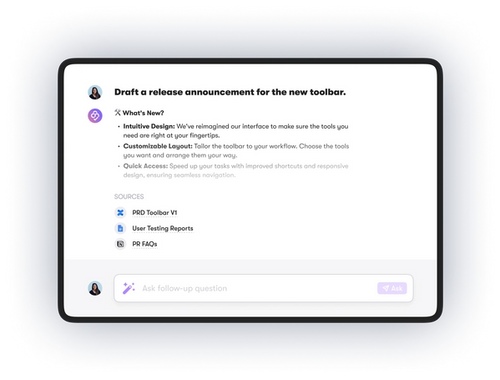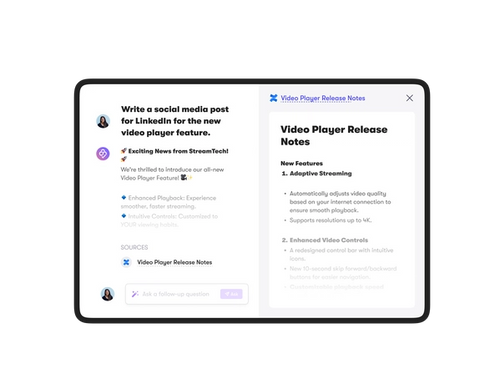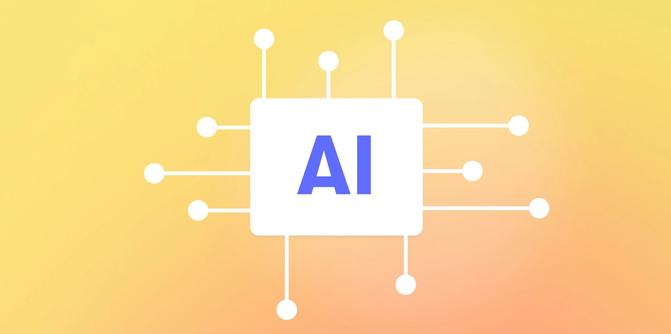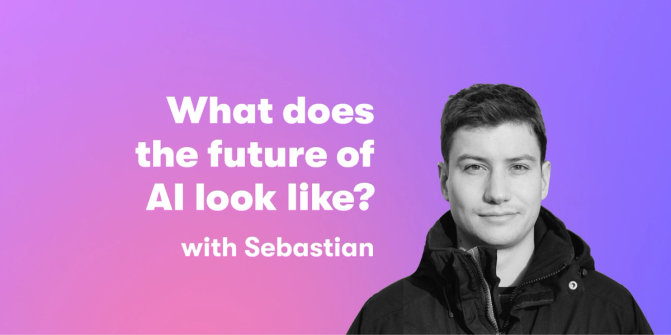7 Content Types to Drive Your Marketing Strategy

Marketing content types
Content marketing has evolved from an exciting new concept to the backbone of almost every business in nearly every industry. The significance of content marketing relates to its ability to improve your brand's credibility and increase traffic to your website. Content creates awareness and generates leads, which ultimately leads to sales growth for your business. Your company could utilize so many different content types, and that’s exactly what this blog will cover!
We’ll list seven different content types that you can incorporate into your next content plan to create an engaging experience for your intended audience and drive valuable traffic to your website.
7 types of content and how to use them
With tweets, podcasts, blogs, and now even augmented reality, content is constantly changing. But which types of content do marketing teams use specifically? Here we’ll give you seven examples of content types, as well as the advantages and disadvantages of each style.
1. Blogs
One of the most utilized content types, blogging is a perfect way to distribute content and resonate with your target audience. There are different types of blogs that you can tailor to your brand, content plan, and marketing strategy.
- Listicles - These are list posts that often provide ideas rather than educating on a particular topic. For example, "50 Post Ideas for Instagram,” it’s more about finding inspiration rather than learning how to do something specific.
- How-to guide - A how-to guide shares complex skills, processes, and valuable information to a broad audience. They are the perfect format for educational skill development opportunities.
- Checklists - Similar to a how-to guide, checklists tend to be informational. That means it provides a comprehensive and detailed method of how to do a particular task. They are especially helpful for readers who need a little more guidance but have limited time to do the research themselves.
- Interviews - Bring a new voice to your brand with an interview. It’s a great way to make connections in the industry. This could also take the form of a guest blogger, too!
Pros: Helps your company build knowledge and expertise, which in turn helps your credibility and reputation.
Cons: There’s steep competition because many companies utilize blog content.
2. E-Books
Typically longer and more detailed than long-form blog posts, an e-book highlights industry expertise. If your viewer needs specific information, it’s easy to search for precisely what they’re looking for.
Pros: You’ll have a competitive edge because not many companies produce ebooks.
Cons: If too lengthy, it might discourage readers because typically, people want a short and sweet solution.
3. Podcasts
Podcasting has become more popular, and there’s content surrounding every topic imaginable. They work similarly to blogs in that they offer short tidbits of information or longer stories and motivational topics.
Pros: The listener feels connected to you and your business.
Cons: Quality counts more than other content types, from your equipment to your topic. If your microphone is fuzzy, or if you’re difficult to understand, people will look for content elsewhere.
4. Webinars
Webinars fall under the larger category of presentations, including meetups, conferences, and other speaking opportunities.
Pros: Sometimes, this content type can be interactive and encourages viewers to engage with your content. It builds community and trust between you and your audience.
If asynchronous, viewers can access your content at a time that suits them. They may be more relaxed and fit to concentrate on your presentation.
Cons: Don’t let technical difficulties get in your way! Even the littlest things can be downright disruptive. Make sure to conduct audio and video checks, navigate the control panel, and tinker with the lighting to make sure you have the highest quality presentation on the market.
5. E-courses
Another content type is an E-course selection. It offers a collection of classes designed to prepare your audience on a particular topic. They usually come with workbooks, videos, quizzes, and more. E-courses are arguably the most comprehensive content type out there!
Pros: They make you an expert on a particular topic and often come with a certification as well.
Cons: They take time and are often expensive.
6. Infographics
Combining copy with visual elements packs a big punch into a small space. They complement blog posts and are for great social media sharing.
Pros: Infographics present information in a way that compels visitors to spend time on your site, share on social media, or even find information by searching images.
Cons: Creating an infographic requires time, from the copy to designing the images and icons. You also need to ensure that the information presented is accurate and cannot be misinterpreted. That being said, there are many AI tools for marketers to help speed up the process.
7. Contests
Sounds a little strange, right? But contests are a form of content that engages people with your brand. It helps spread the word about your product or service in a fun way (and everyone likes a little competition). The most popular platform for contests is social media, but there’s no limitation!
Pros: There is a high chance of engagement! People love to enter low-stake competitions if it means there’s a prize in the end. You could also team up with another brand and company to share followers and promotion strategies.
Cons: If the entry is too demanding, you might have low participation. Also, you’ll have to budget for a prize which could be expensive.
The four main types of content?
When it comes to content marketing, there are four overarching categories that your content will fit into; attraction, authority, affinity, and action. While your content, whether in the form of a blog or infographic, will probably fulfill the criteria to multiple objectives, we’ll go through each one separately.
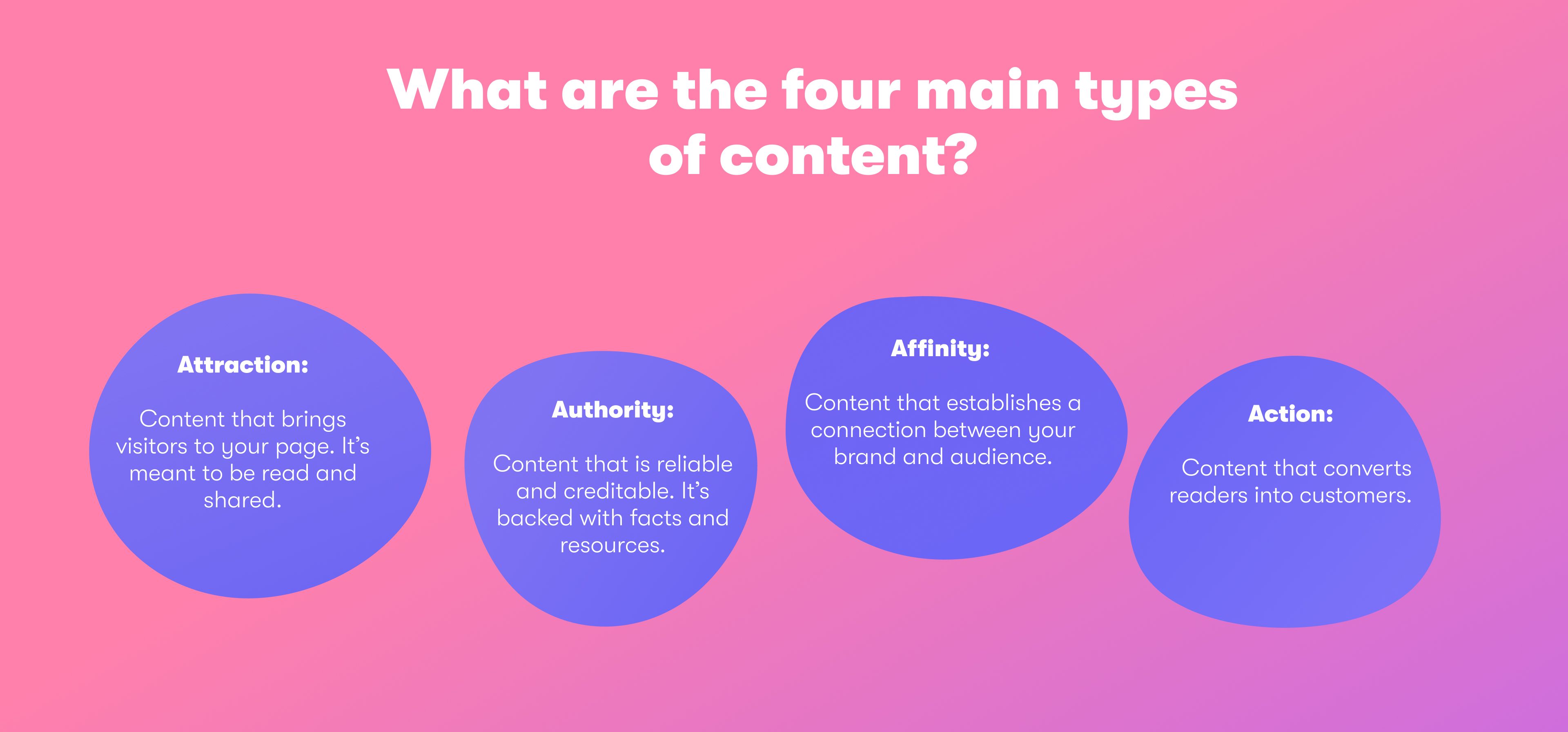
Attraction content
What’s the point of creating killer content if no one sees it? Attraction content brings visitors to your page and is meant to be read and shared, like a catchy blog or a contest application!
An example of attraction content would be a blog called something like How to Recover From Burnout: 10 ways to reset your work life for the better or Workcations Are Epic: Why the Collato team went to Barat, Croatia, and so on.
Attraction content is meant to hook a reader and make them think, “Huh, that sounds interesting and useful.” And once they’ve finished reading, there should be some sort of call to action (CTA), such as an option to learn more about the topic, a link to other helpful information, downloadable content, or maybe even a template.
Authority content
Authority content has to do with trust. Your content should be reliable and credible, backed with facts and resources.
You want to give off the feeling that you have authority without actually saying it. That means your content should offer valuable information in a tone of voice appropriate for the topic and audience.
When you create content with high authority, you have a higher likelihood of receiving backlinks from other sites, as well as more social shares from your audience.
Affinity content
Think of affinity content as establishing a connection between your brand and your audience. You want to make the reader feel like you have the same values and beliefs as them, driving them to prefer your brand over a competitor.
When creating content for this category, think about what makes you stand out from competitors. What do you do better? What makes your content more valuable? How do you provoke a better emotional response?
Let your audience know what’s important to you and your brand for authority content that creates long-term support from your readers.
Action content
Action content refers to content that converts readers into customers. It usually means that you produce content based on your overarching business or marketing goals:
- Expose people to your website
- Get people to download your ebook or participate in your webinar
- Create hype on social media for your next launch
To convince people to take action, you have to produce quality and convincing content that catches the reader's eye!
It's your turn
Since you're now an expert on the various content types, consider switching up your typical content. You might be surprised at the new opportunities and exposure it brings your brand.
Give it a try and see what you think!

